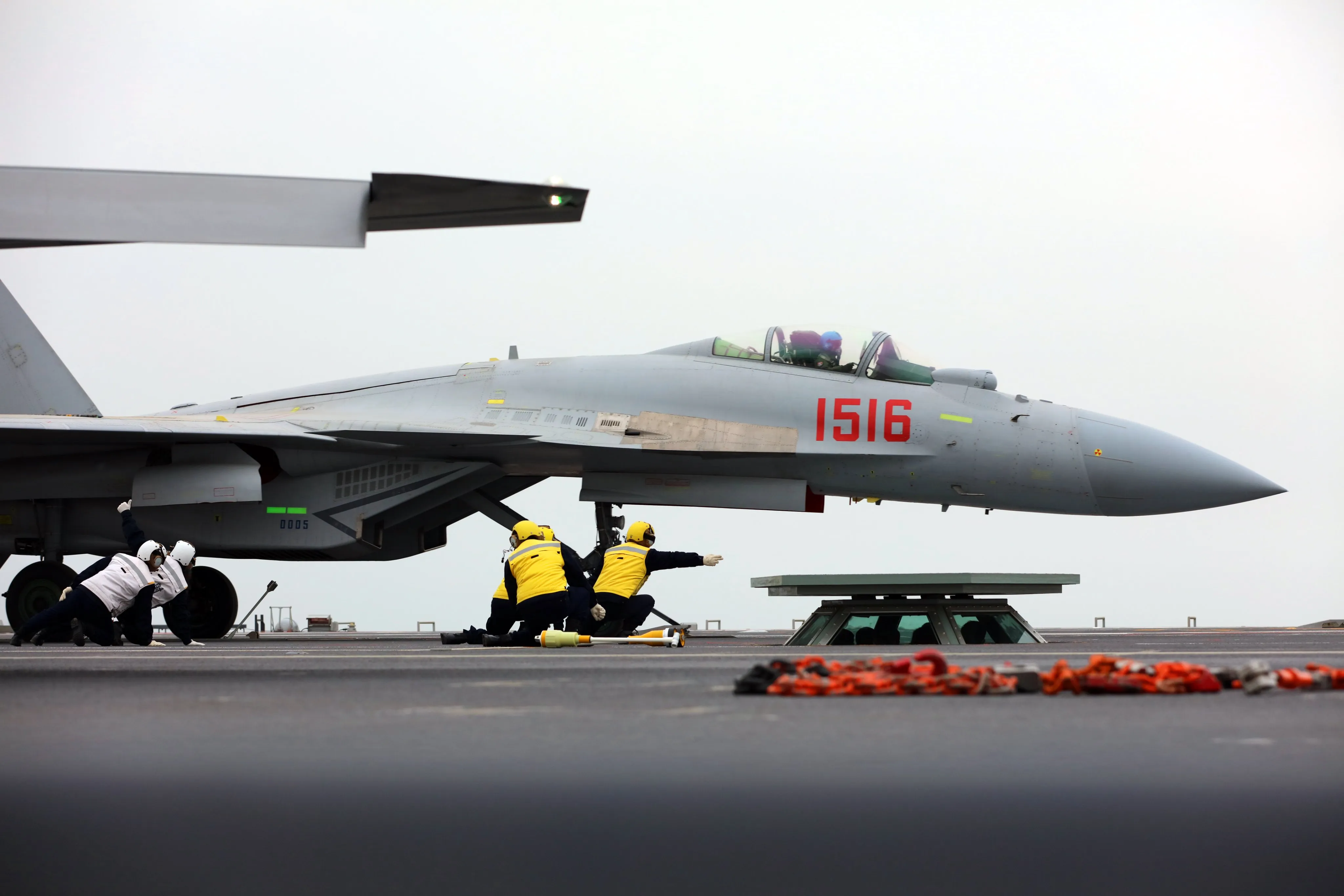Fan favourite show Ginny and Georgia has returned to Netflix for an all new series which sees more dramatic storylines than ever but not all viewers are happy with the new episodes
Ginny and Georgia fans have all said the same thing about brother’s age leap in new series. The show has returned to Netflix for its third series, which viewers have waited two years for. Season three picks up just hours on from season two’s finale – but not everyone looks the same.
Many have pointed out that Ginny’s brother Austin has grown up a lot since the last season. Fans have noticed that the actor who plays Austin looks a lot older than nine-years-old which is what he is meant to be in the show.
Actor Diesel La Torraca who plays Austin is actually 14-year-old in real life so is five years older than the character he is playing. Many took to social media to point out the ridiculous age gap thanks to the huge break between filming the two series.
The show has not aired for two years but has picked up where it left off in season two meaning there should be no age change in the character. Taking to X, one viewer wrote: “I fear ginny and georgia is going to have to recast the little brother because this is deeply unserious.”
As a second said: “#ginnyandgeorgiaS3 know they wrong for having this 14 year old boy play his 9 year old character. They let too much time pass in between filming and it’s p***ing me off.”
“It’s so ridiculous cause austin being so young made georgia’s reckless choices hit harder. Now he looks the same age ginny’s supposed to be playing and it just doesn’t give the same effect,” a fan pointed out.
As a fourth added: “Netflix should stop taking 2+ years between seasons because wdym these two scenes are supposed to be only a few months apart? #ginnyandgeorgia.”
Diesel took to his own TikTok page back in May and shared a video of himself which he captioned: “My tryna convince people that Austin is still 9.” The Australian-American actor has acted in several roles already despite just being in his teens which include in The Secrets She Keeps, Lambs of God, La Brea and Little Monsters.
Actress Antonia Gentry who plays the main character of Ginny commented on how quickly the actor who plays her little brother has grown up.
When season 3 filming began in 2024 she shared a side-by-side photo of herself and Diesel after filming season 1 compared with now which showed how much he had grown.
He was originally much shorter than the actress and now he towers above her. Ginny and Georgia first arrived on Netflix back in 2021 and quickly became a fan-loves show.
It is now in its third series and has got even more dramatic than before. Series two left off with a murder which mum-of-two Georgia is now being accused of, despite it actually being her son who committed the crime.
Like this story? For more of the latest showbiz news and gossip, follow Mirror Celebs on TikTok , Snapchat , Instagram , Twitter , Facebook , YouTube and Threads .
































